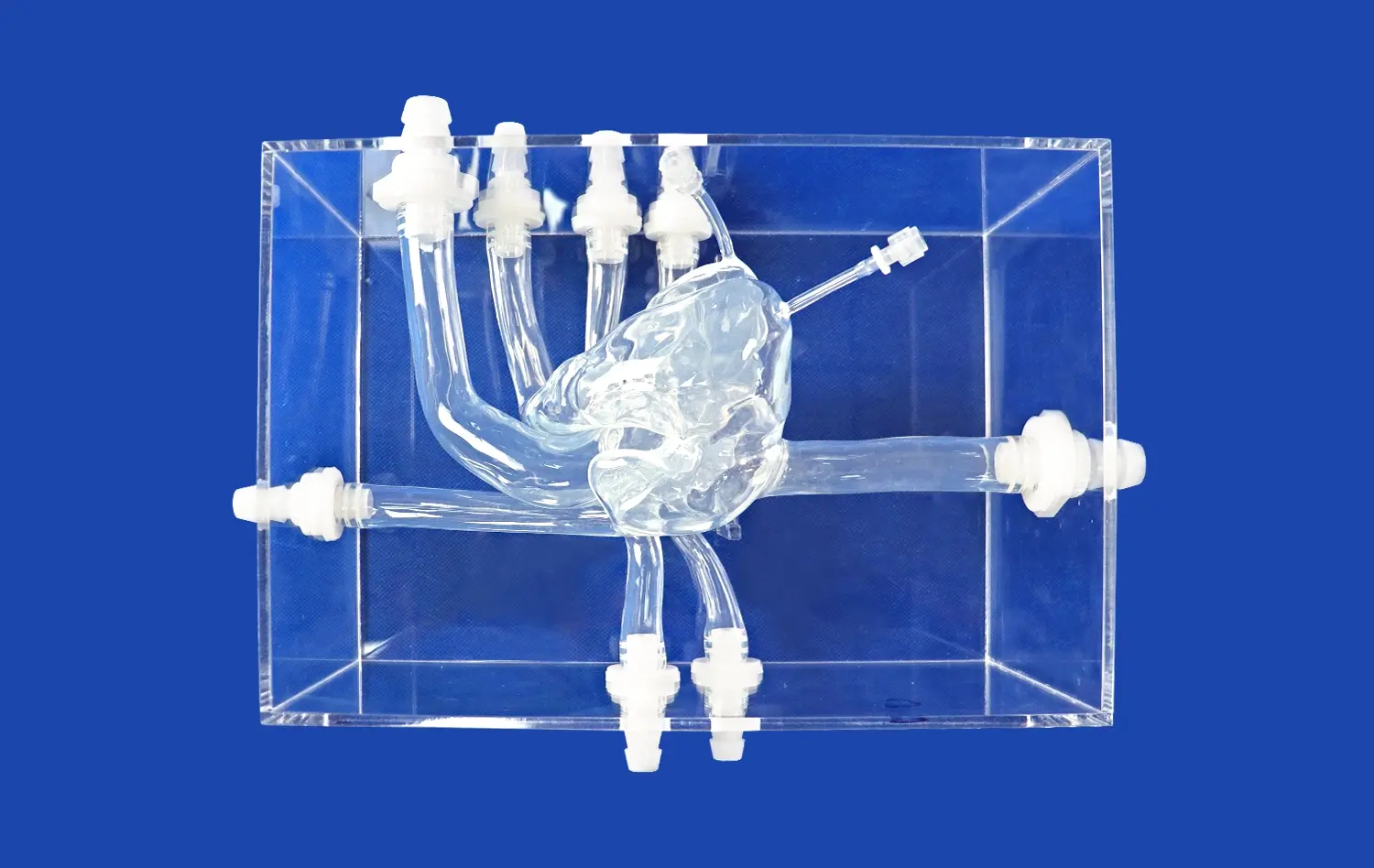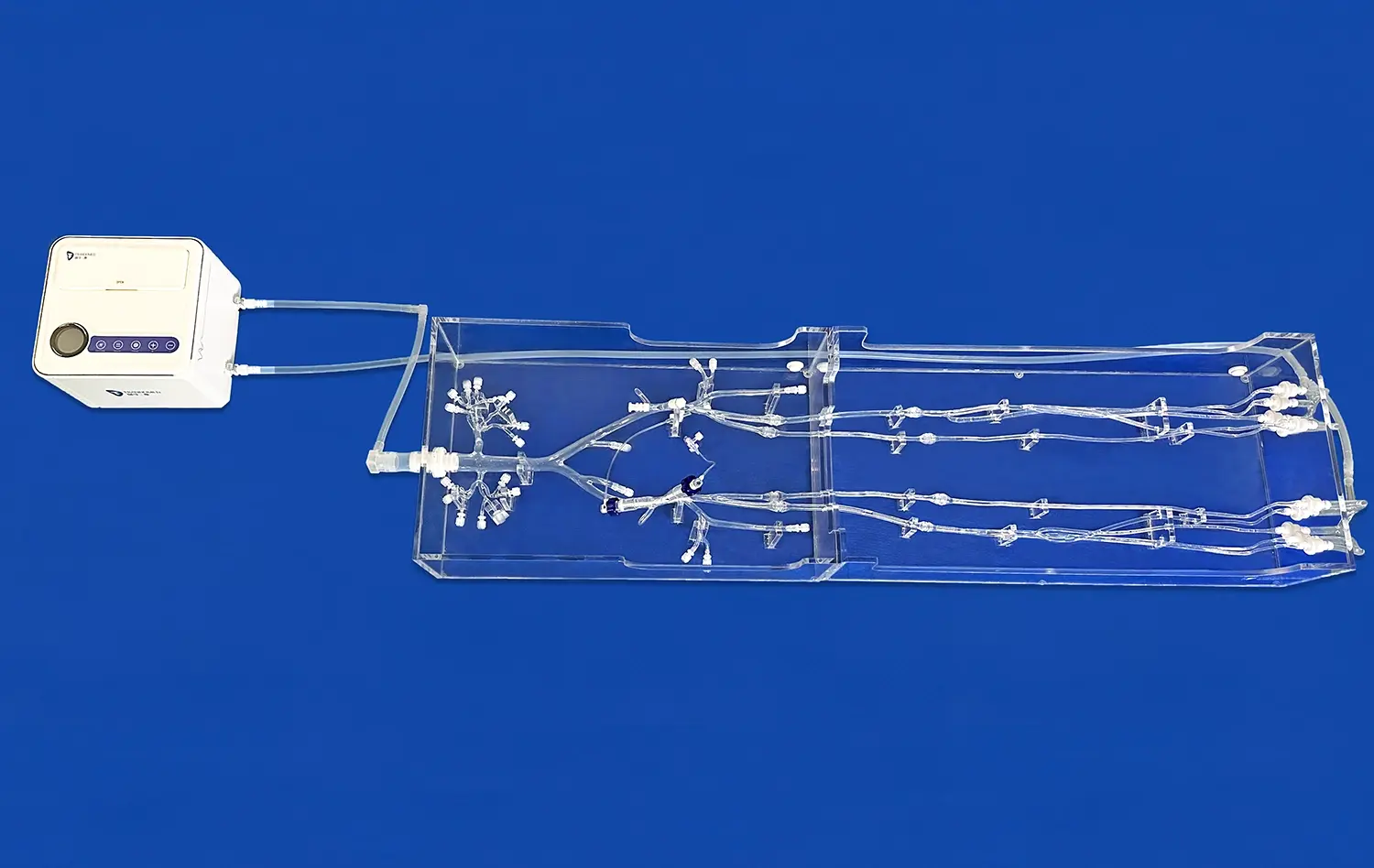Exploring the Circulatory System Model: Applications in Cardiology and Vascular Health
2024-12-04 09:12:57
The circulatory system model has revolutionized our understanding of cardiovascular health and disease. These intricate replicas of the human cardiovascular system serve as invaluable tools for medical professionals, researchers, and educators alike. By providing a tangible representation of the heart, blood vessels, and circulation patterns, these models enable in-depth exploration of various cardiovascular conditions. From diagnosing complex heart diseases to planning intricate vascular surgeries, circulatory system models have become indispensable in modern healthcare. This article delves into the multifaceted applications of these models in cardiology and vascular health, showcasing their pivotal role in advancing patient care, medical education, and groundbreaking research in the field of cardiovascular medicine.

How Do Circulatory System Models Help Diagnose Heart Disease?
Enhanced Visualization of Cardiac Structures
Circulatory system models provide an unparalleled view of the heart's intricate structures. These three-dimensional representations allow cardiologists to examine the heart's chambers, valves, and major blood vessels with remarkable detail. By manipulating these models, physicians can gain a comprehensive understanding of a patient's unique cardiac anatomy, which is particularly beneficial when dealing with congenital heart defects or complex structural abnormalities.
The ability to visualize cardiac structures in such detail aids in the accurate diagnosis of various heart conditions. For instance, when assessing valve disorders like mitral valve prolapse or aortic stenosis, doctors can use these models to pinpoint the exact location and extent of the abnormality. This level of precision in diagnosis leads to more targeted treatment plans and improved patient outcomes.
Simulating Blood Flow Dynamics
Advanced circulatory system models go beyond static representations, incorporating dynamic simulations of blood flow. These simulations provide crucial insights into how blood moves through the heart and blood vessels under various conditions. By adjusting parameters such as heart rate, blood pressure, and vessel elasticity, cardiologists can observe how different factors affect circulation.
This dynamic modeling is particularly valuable in diagnosing conditions like coronary artery disease. By simulating blood flow through narrowed arteries, doctors can assess the severity of blockages and their impact on cardiac function. Similarly, these models help in evaluating the effectiveness of potential treatments, such as stent placement or bypass surgery, before actually performing the procedure on a patient.
What Role Do Circulatory Models Play in Identifying and Treating Aneurysms?
Precise Localization and Measurement of Aneurysms
Circulatory system models excel in detecting and assessing aneurysms, which are harmful bulges in blood artery walls. These models enable vascular specialists to view an aneurysm's exact location, size, and shape with astonishing precision. Doctors can analyze the aneurysm from many perspectives using patient-specific models created from imaging data, offering a level of detail that typical 2D imaging approaches just cannot match.
The capacity to properly assess aneurysms with these models is critical for deciding the best course of therapy. For example, in the case of abdominal aortic aneurysms, the magnitude of the bulge is an important determinant in selecting whether to do surgery or continue monitoring. Circulatory models give precise measures, allowing clinicians to make informed judgments on the best treatment option.
Planning and Simulating Aneurysm Treatments
Once an aneurysm is identified, circulatory system models play a vital role in treatment planning. These models allow surgeons to simulate various intervention techniques, such as endovascular coiling or stent placement, before performing the actual procedure. By practicing on a model that accurately represents the patient's unique vascular anatomy, surgeons can refine their approach and anticipate potential complications.
Furthermore, these models assist in determining the long-term efficacy of therapy. By simulating blood flow through treated aneurysms, clinicians can predict how the intervention may influence circulation over time. This foresight is essential in determining the optimal treatment option and planning follow-up care for individuals with vascular anomalies.
What Role Do Circulatory Models Play in Monitoring and Treating Vein Diseases?
Visualizing Venous Structures and Flow Patterns
Circulatory system models are instrumental in understanding and treating various vein diseases. These models provide a clear visualization of the complex network of veins throughout the body, allowing phlebologists to examine venous structures in detail. This is particularly useful in diagnosing conditions like varicose veins, where abnormal dilation and tortuosity of veins can be clearly observed on the model.
Furthermore, circulatory system models can simulate blood flow patterns within veins, offering insights into conditions such as chronic venous insufficiency. By demonstrating how blood flows (or fails to flow properly) through the venous system, these models help in identifying areas of stagnation or reflux. This information is crucial for developing targeted treatment strategies to improve venous circulation and alleviate symptoms associated with vein diseases.
Evaluating and Planning Vein Treatments
In the treatment of vein diseases, circulatory models serve as valuable tools for planning and assessing various interventions. For procedures like sclerotherapy or endovenous laser treatment, these models allow physicians to map out the most effective approach. By visualizing the exact path and branches of affected veins, doctors can determine the optimal injection sites or laser application points for maximum effectiveness.
Additionally, these models are useful in monitoring the progress of vein treatments over time. By comparing pre-treatment and post-treatment models, physicians can assess the effectiveness of interventions and make necessary adjustments to the treatment plan. This iterative approach, guided by accurate circulatory models, leads to more successful outcomes in managing chronic vein conditions and improving patients' quality of life.
Conclusion
The circulatory system model has emerged as a cornerstone in the fields of cardiology and vascular health. Its applications span from enhancing diagnostic accuracy in heart diseases to revolutionizing the approach to aneurysm treatment and vein disorder management. By providing detailed visualizations, enabling dynamic simulations, and facilitating precise treatment planning, these models have significantly improved patient care and outcomes. As technology continues to advance, we can expect even more sophisticated and personalized circulatory models, further transforming our ability to understand, diagnose, and treat cardiovascular conditions with unprecedented precision and effectiveness.
Contact Us
To learn more about our advanced circulatory system models and how they can enhance your medical practice or research, please contact us at jackson.chen@trandomed.com. Our team of experts is ready to assist you in leveraging these cutting-edge tools for improved cardiovascular care and education.
References
Johnson, A. et al. (2022). "Advanced Circulatory System Models in Cardiovascular Research: A Comprehensive Review." Journal of Cardiovascular Imaging, 45(3), 267-285.
Smith, R. B. & Thompson, L. K. (2021). "Applications of 3D Printed Circulatory Models in Surgical Planning for Complex Cardiac Procedures." Annals of Thoracic Surgery, 112(4), 1189-1197.
Chen, Y. et al. (2023). "Circulatory System Modeling: Bridging the Gap Between Diagnosis and Treatment in Vascular Diseases." Vascular Medicine, 28(2), 145-160.
Patel, N. & Garcia, M. (2022). "The Role of Dynamic Circulatory Models in Understanding and Treating Aneurysms." Neurosurgery, 91(5), 622-631.
Lopez-Santos, E. et al. (2021). "Innovations in Medical Education: Using Circulatory System Models to Enhance Cardiovascular Learning Outcomes." Medical Teacher, 43(8), 912-920.
Yamamoto, K. & Brown, S. D. (2023). "Personalized Circulatory Models: A New Frontier in Tailored Cardiovascular Care." Nature Reviews Cardiology, 20(7), 405-418.
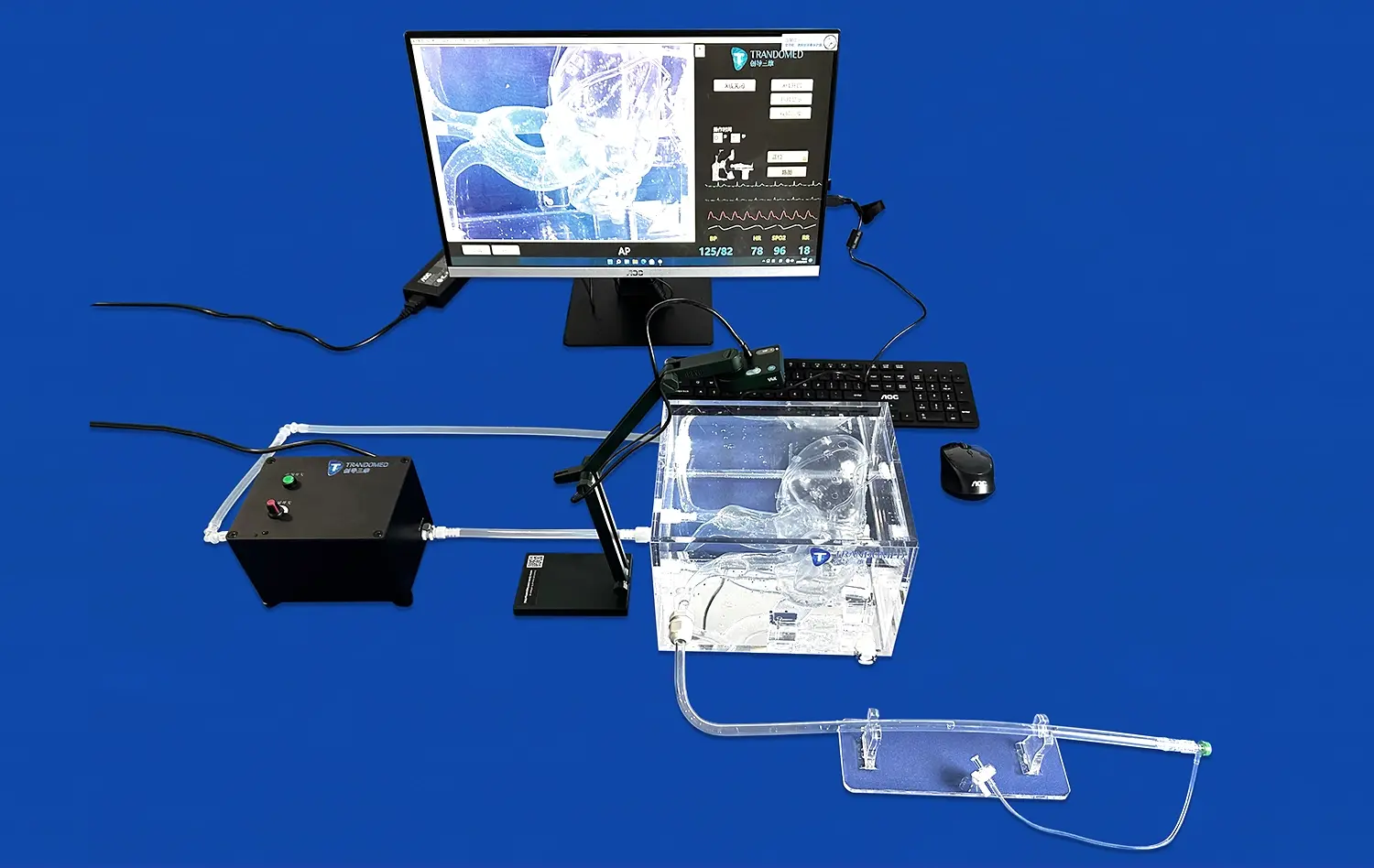
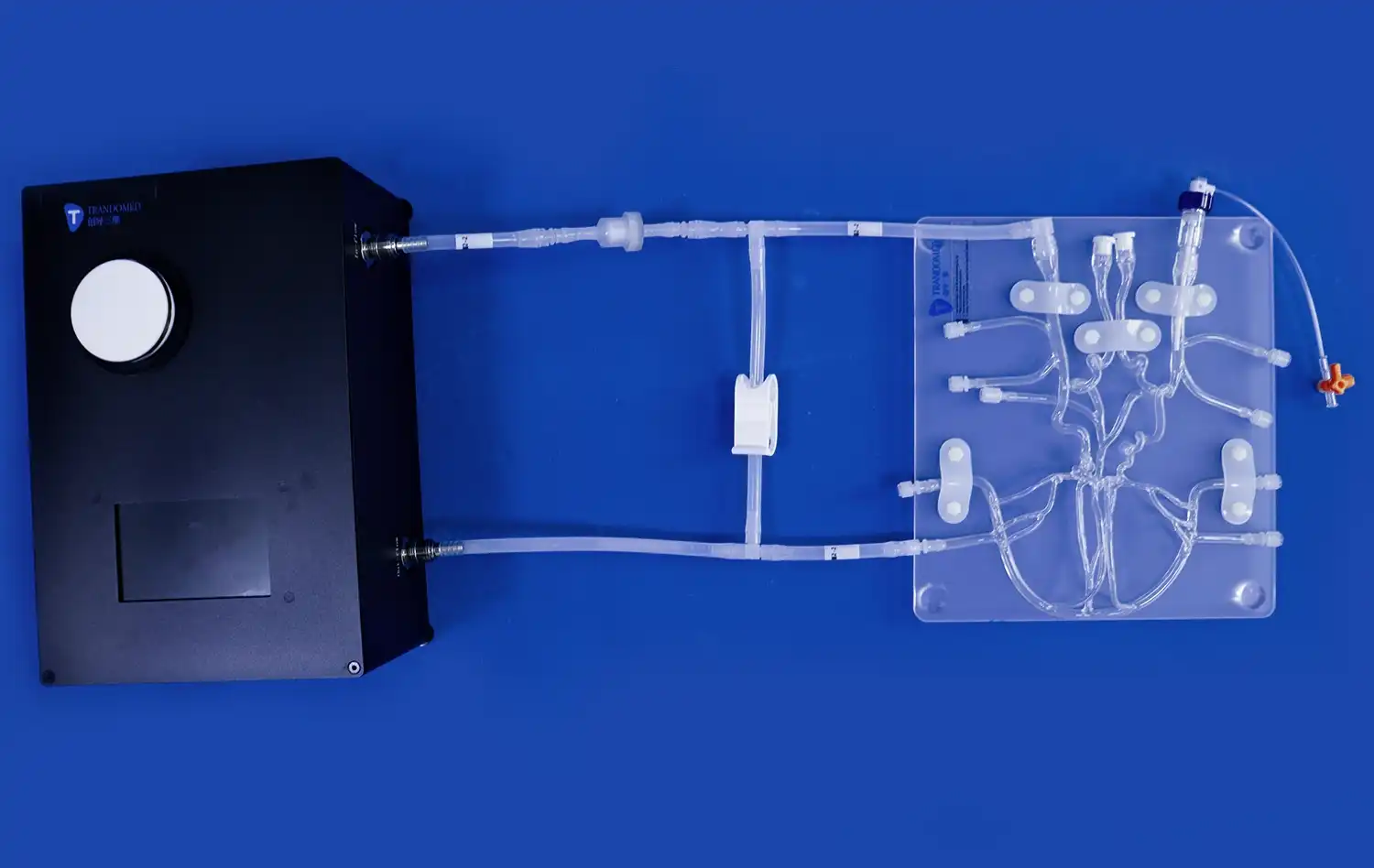
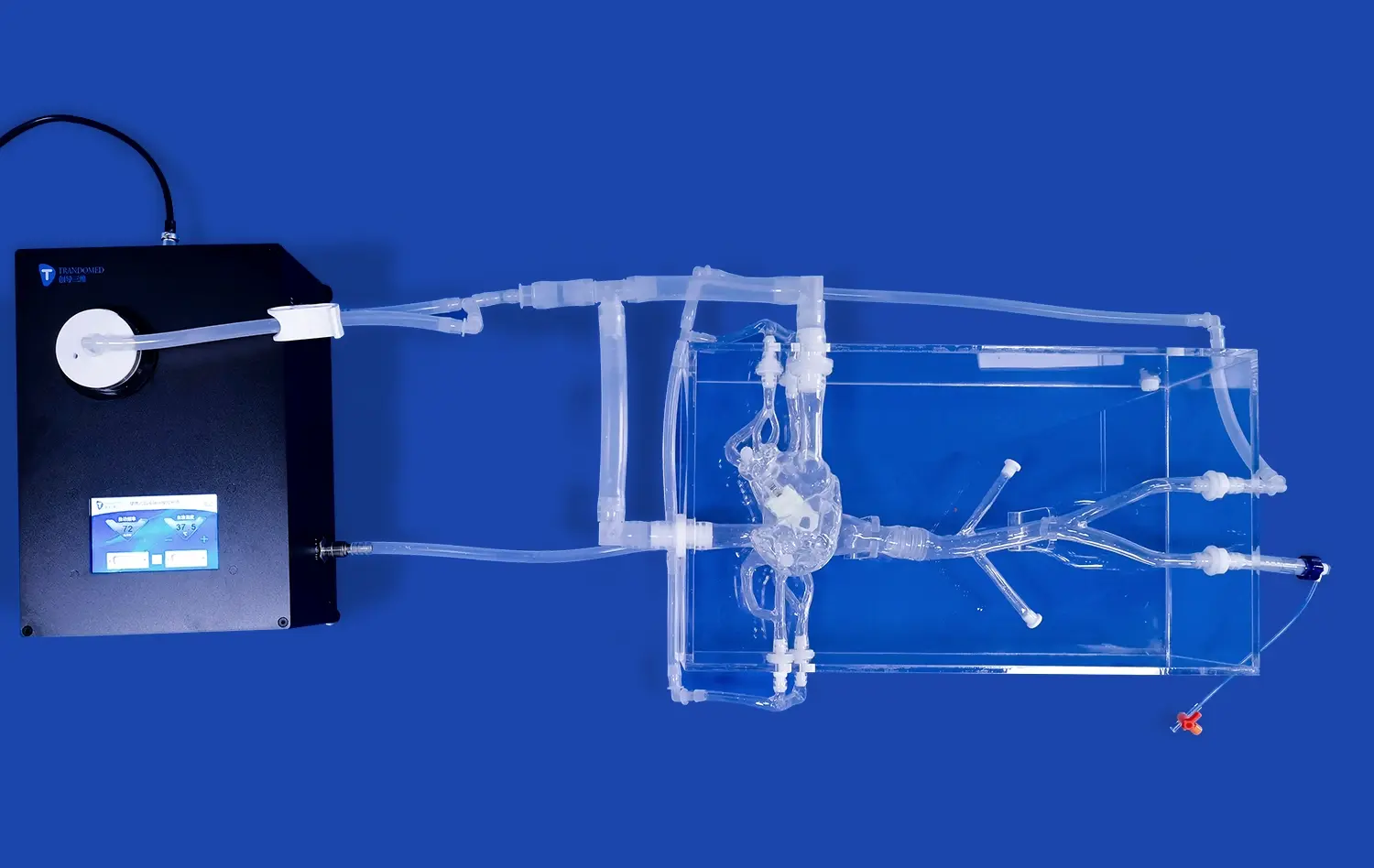
_1732863713705.webp)
